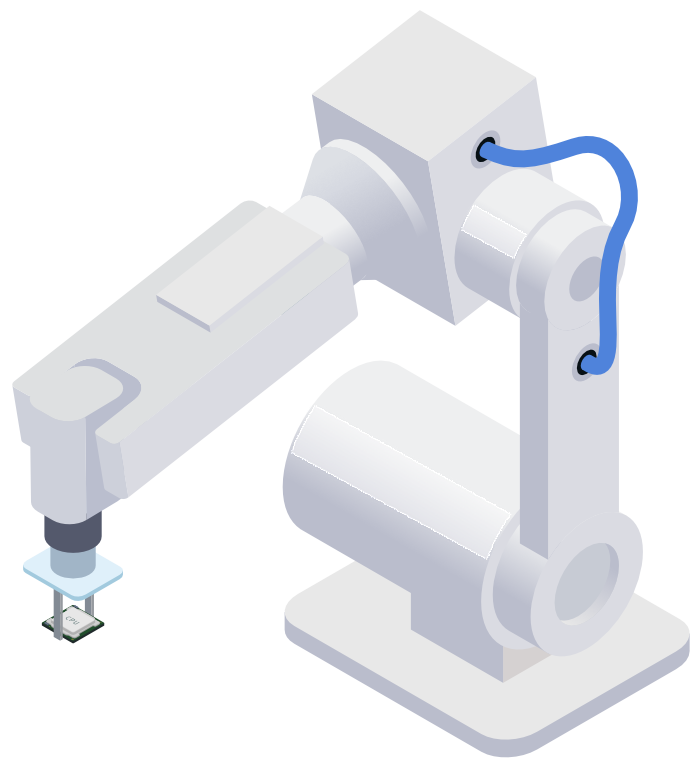A short video looking at how blade dicing remains the optimal solution for wafer singulation in most cases.
Singulation is the process of dicing a silicon wafer into individual units and is a critical step in assembly and packaging. Dicing technology has continued to advance over the past two decades from blade dicing to laser dicing, to stealth laser, thermal laser separation, and plasma dicing. But sawing with blades remains the dominate
One of the important things going on in the industry today is the thickness of the dies. Everybody wants thinner dies so that they take up small amounts of space. This increasing demand for ever thinner dies for use in stacked assemblies has pushed advances in dicing technology. Medical device and biotech applications increasingly require a lot of stacking to achieve the small dimensional sizing current applications demand.
With dicing blades now as thin as 10-microns, mechanical dicing remains the low-cost option compared to the various forms of laser and plasma dicing. Blads are also competitive with laser dicing when very thin kerfs are needed; with kerfs as small as 10-12 microns so you can design very narrow streets and make many more dies out of a wafer.
So, if your applications requiring cutting silicon, you don’t necessarily need laser cutting. Blade cutting can work because the blades are now extraordinarily thin, with widths comparable to laser cutting, making blade cutting the economical solution even with ultrathin wafers. Even for wafers thinned to membrane thickness of just 5 to 10 microns.
Many medical device and biotech applications require thin dies not just to reduce space, but for responsiveness as well. Responsiveness is where the die is thinned to the point it becomes a highly flexible membrane where the silicon can move back and forth without cracking. These can be used for pumping actions when integrated into microfluidic systems and are increasingly seen in medical device applications.
For applications involving silicon or glass, blade dicing remains quite competitive with laser in terms of technical capabilities while being the faster and more economical approach. So, if somebody is thinking, laser sounds like the right solution, then depending on what they’re trying to do, blade cutting may well be the more economical approach. You don’t necessarily need to go to laser cutting, even for applications down to 10 microns.
Here’s a downloadable version (.pdf) of the presentation in the video:
Getting Started
Concept to Commercialization
Whether you need short-run proof-of-concept prototypes, high-volume production, or a second-source manufacturer, Promex can help. Reach out to us and let's have a no-pressure conversation about how we might help advance your project to success.
